We came up with this blog some weeks back and, in the spirit of this year’s Futures Day, we decided to write about signals of hope and a positive future that we have identified in our surroundings. We decided to challenge ourselves to look to the future with optimism, recognising promising trends and nurturing hopefulness. What a great idea!
It was quite easy to identify hopeful signals once we got going. Progress is being made with EU regulations on corporate social responsibility, the use of artificial intelligence is becoming a civic skill, the circular economy is gaining a foothold in technology companies, and new teaching materials in early childhood education are strengthening skills for a sustainable future. With this in mind, hopeful futures were being built all around.
But the more tense the international political climate became, the worse our idea began to feel. When the worst finally happened and Russia started a war in Ukraine, it felt wrong to write about the importance of hope. News images of Ukrainians fleeing their homes, civilians lining up for assault rifles and the destruction wrought by missiles in the suburbs of Kiev made us choke up. Hope was replaced by anxiety, disbelief and, well, hopelessness.
On top of being hard to take emotionally, the situation feels utterly senseless. It makes you ask what is going on in the world, and nobody seems to have an answer. The futurist Ziauddin Sardar talks of postnormal times as being characterised by increased complexity, chaos and conflict. The acronym VUCA (volatile, uncertain, complex and ambiguous) is familiar to many as a way of describing our world, but a new version has emerged to describe this period: BANI, coined by the futurist Jamais Cascio: brittle, anxious, non-linear and incomprehensible. Sound familiar?
If postnormal times, non-linearity and combinations of letters used to seem like verbiage and theorising, the last few years have brought them to a startling reality. The Covid-19 pandemic that has brought the world to its knees and the war currently raging in the heart of Europe show quite literally what is meant by the phrase ‘the future is often surprisingly surprising’.
Yet, perhaps the most perplexing thing in the midst of all this chaos and non-linearity is that, while just 1,200 kilometres away there are people risking their lives to defend their country, the Covid-19 crisis is continuing in at least some parts of the world, the climate is getting hotter and loss of biodiversity is accelerating, life goes on. One of the best TV shows of the past few years, the British miniseries Years and Years, deals with these themes: the world is unstable on all fronts, but life goes on and people have a desire to build a better future, both on a personal level and more broadly in society. So hope does not disappear even when things feel hopeless. But hope is eroded by the feeling that nothing can be done. That is why the enormously complex and multifaceted crises we face are so treacherous in terms of hope. How can one person possibly be able to influence anything?
Desirable and undesirable futures
In foresight and insight, we often talk about alternative futures and the need to think about them. The underlying idea is that we should challenge our assumptions about what the future will be like and broaden our thinking about what the future might hold, so that we can make people and societies better prepared for different changes. In the present situation, the idea of alternative futures acquires a new meaning: when we are presented with an alternative future – in this case, Putin’s idea of Ukraine being annexed to Russia by means of violence, and restoring the spheres of influence of the Cold War – we find that this is certainly not the future we want. When an undesirable future threatens to come crashing down on us, we return to the basic principles of future-oriented thinking: there are many possible futures. We can influence them. We have a responsibility to think longer term.
Although we certainly recognised a sense of hopelessness while we were working on this text, at the same time the future began to feel more meaningful. If we lost our ability to think hopefully about the future, we would become paralysed. That would be a victory for Putin and his war of aggression. He does not dictate the future, nor does history (although Putin tries to). Therefore, any move to show that we will not accept an invasion of a sovereign country is a move for a hopeful future.
So where will a hopeful future come from in March 2022? From the fact that Europe has united in an unprecedented way to stand up not only for Ukraine and its people but also for democracy and the values on which the European Union is built. And democracy is not only about institutions such as the EU. It is also about business, civil society and the people who stand up for a hopeful future.
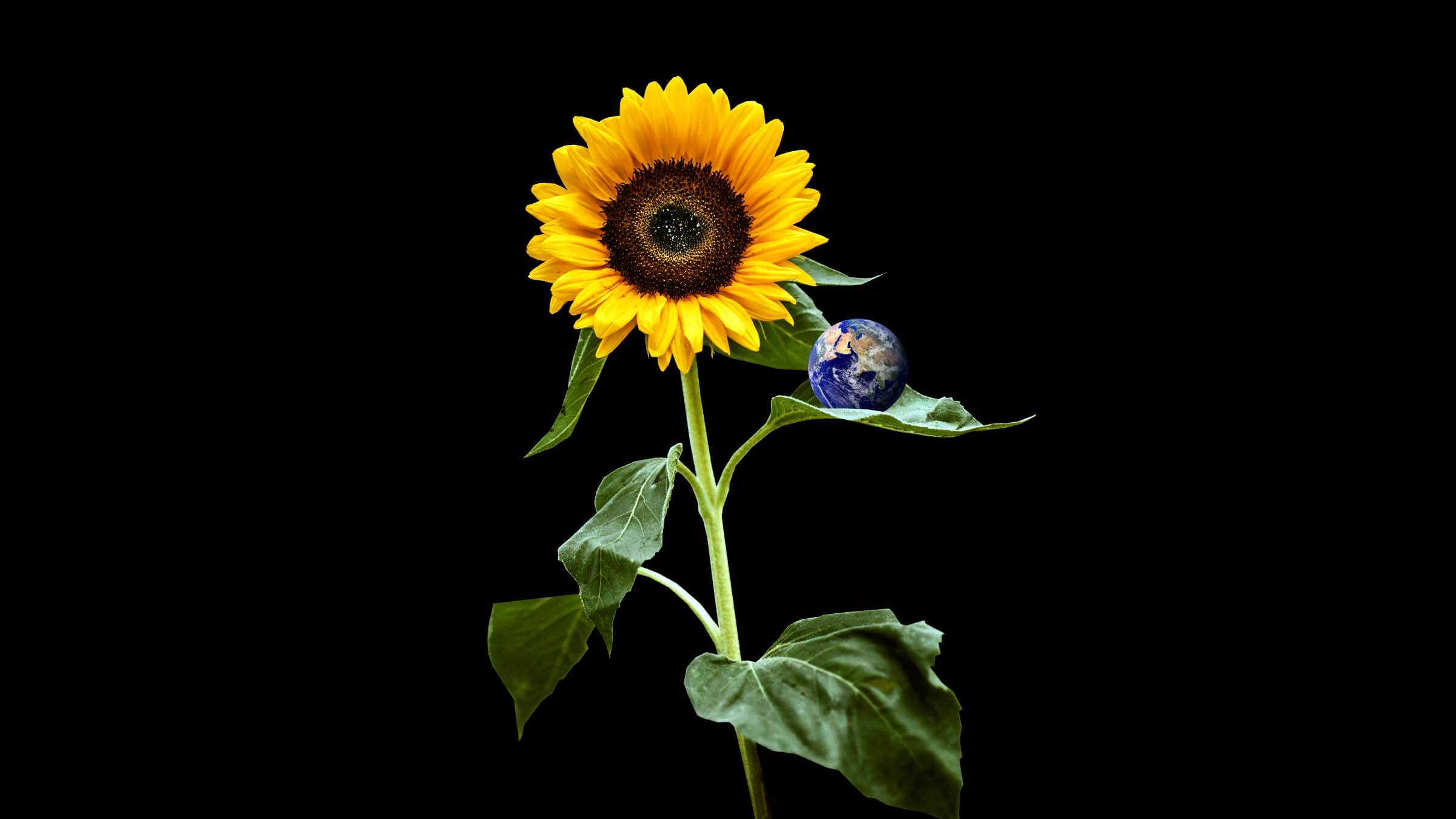




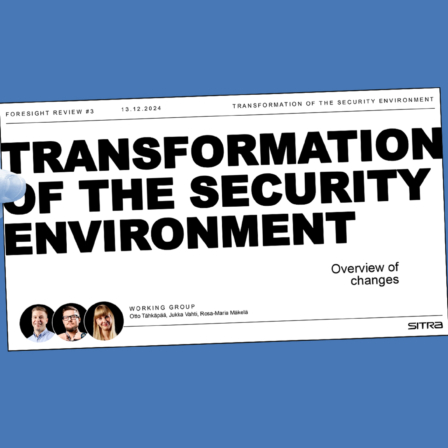
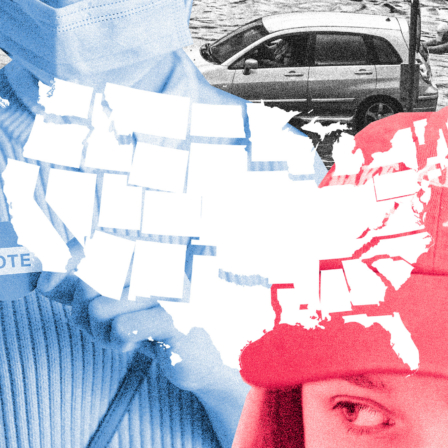
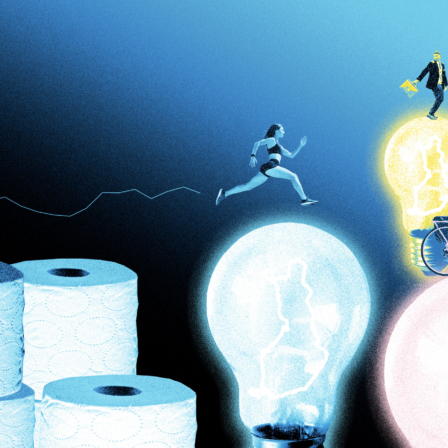
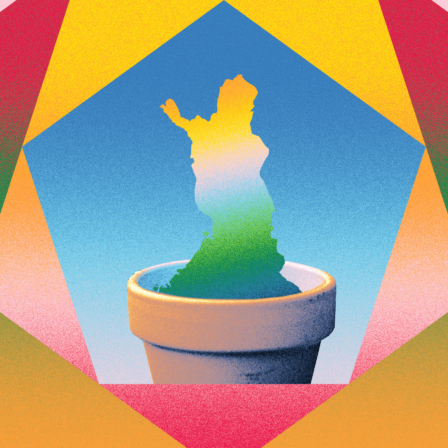
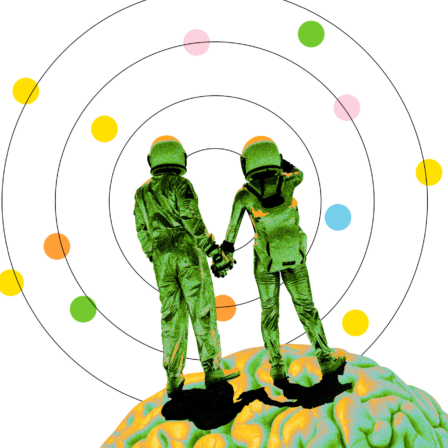

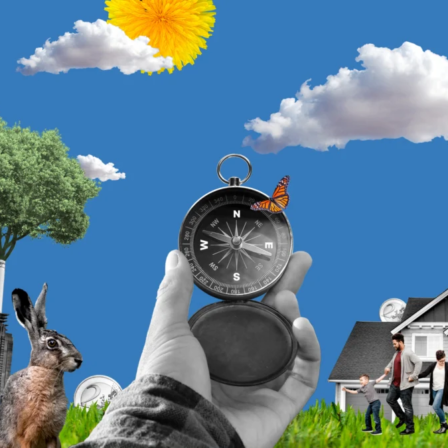
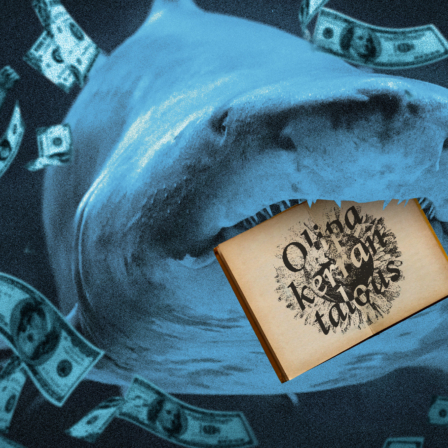
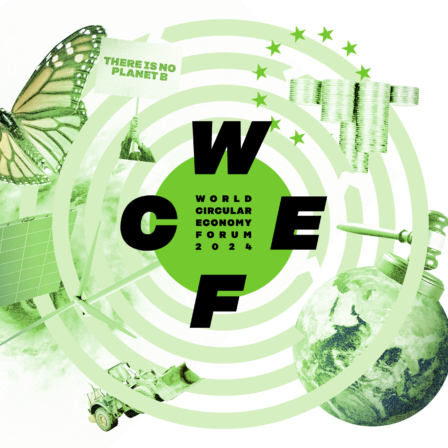
Recommended
Have some more.